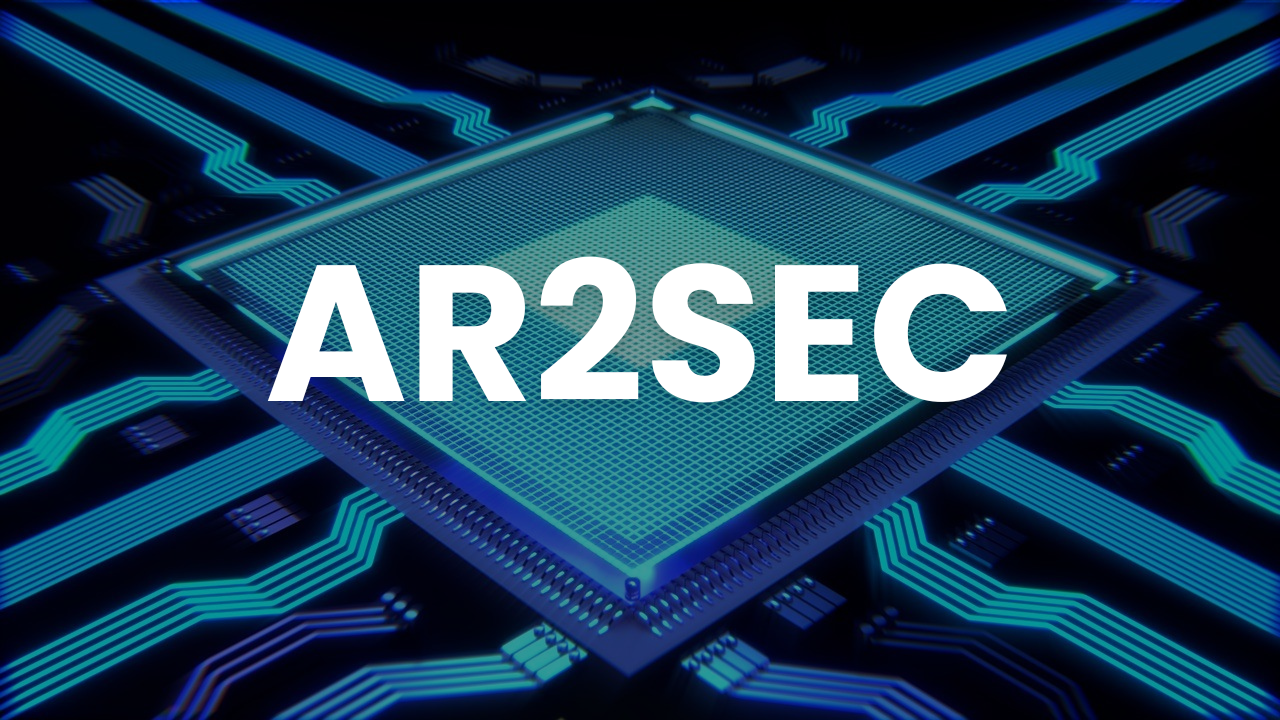Vega continued its track record of success tonight, orbiting five new sets of “eyes” that will observe the planet Earth in very high resolution: a cluster of four SkySat satellites for U.S.-based operator Terra Bella and the Peruvian PerúSAT-1 spacecraft.To see the launch, follow this link: https://youtu.be/C22BQKUI1LIDesignated Flight VV07, the mission was Vega’s seventh since beginning operations in 2012 (all seven of which were successful), and it further demonstrated the capabilities of a light-lift vehicle that completes Arianespace’s launcher family – joining the company’s medium-lift Soyuz and heavyweight Ariane 5 in reliable side-by-side operations from the Spaceport in French Guiana.Tonight’s success also marked the first time since entering its commercial phase that Vega carried passengers on a single launch for two customers/users that are from outside the European market: Terra Bella is a Google company and the four SkySat satellites are its initial payloads entrusted to Arianespace; while PerúSAT-1 was orbited under a turnkey agreement between Airbus Defence and Space and Peru’s CONIDA national space agency.Terra Bella’s four spacecraft – designated SkySat-4, -5, -6 and -7 – were in the upper position of Vega’s payload arrangement, installed atop the VESPA (Vega Secondary Payload Adaptor) dispenser system that contained PerúSAT-1. They were released one-by-one into Sun-synchronous orbit during the flight sequence’s 40-minute mark.The SkySat satellites each weighed approximately 110 kg. at liftoff, and after reaching their targeted orbit, will be used to provide very-high-resolution 3D mapping of Earth in its entirety – augmenting Terra Bella’s existing three in-orbit satellites. The newly-launched spacecraft will operate from a Sun-synchronous orbit at a 500 km. altitude.PerúSAT-1 – which had an estimated liftoff mass of 430 kg. – was released from Vega approximately one hour and 42 minutes after liftoff, deployed for its mission as Peru’s first Earth observation satellite.It is a powerful optical observation satellite that integrates a latest-generation silicon carbide optical sensor, and will operate from a Sun-synchronous orbit at 695 km. Airbus Defence and Space built PerúSAT-1 using an AstroBus-S platform, equipped with its New AstroSat Optical Modular Instrument (NAOMI). ABOUT GTD AT KOUROU SPACE CENTERSince 2003, each time an Ariane 5, a Soyuz or a VEGA are launched from the spaceport in Guiana, as well as the payload, many hours of work are required from GTD’s technical teams.GTD supplies services and software in practically all steps of an Ariane 5 mission – from the launcher's flight program to the responsibility of ground systems that control the launching operations, as well as the radars, telemetry and mission control systems.Each launch is also a challenge for GTD’s team, who is responsible for all the computer systems at the launch site. Each launch is a fresh new project; there is no routine, which means our engineers always embark on an adventure than goes beyond technical jobs that require a lot of responsibility.Countdown: The campaign to prepare a launcher takes about 22 - 30 working days, and a campaign to prepare the payload (satellite) takes from 4 weeks to 5 months (depending on the mission and its magnitude). Our teams are currently able to launch up to seven double Ariane 5, up to four Soyuz and up to two Vega per year, that is, 14 telecom satellites and 4 to 6 EO and scientific spacecraft every year.Launch day: The end of the countdown is near. The final operations to fill the liquid propellants on the Ariane 5, and then the ground operation tests are carried out on the launcher. During this stage, GTD's staff is working hard all round the Spaceport. In the launch site's bunker, the technical centre, in Des Pêres Mountain where the radar and telemetry installations are, in the meteorological centre where the last conditions are evaluated before the launch is authorised.At the same time, a support team is configuring a backup of the computer systems in Barcelona, 8,000 km away from the Ariane 5, which is already letting out oxygen steam.Ariane is launched: Once the launcher is in the air, it is controlled on board (by the embedded computer) and from the Jupiter Control Centre (CDC). These two systems were also designed by GTD’s engineers and are currently being operated by GTD’s engineers, too. Once the launcher releases the payloads (at a height of 500 - 600 km), everyone breathes a sigh of relief and starts clapping and cheering and congratulating each other; but our engineers are already thinking about the next mission that starts the following morning...



.jpeg)













